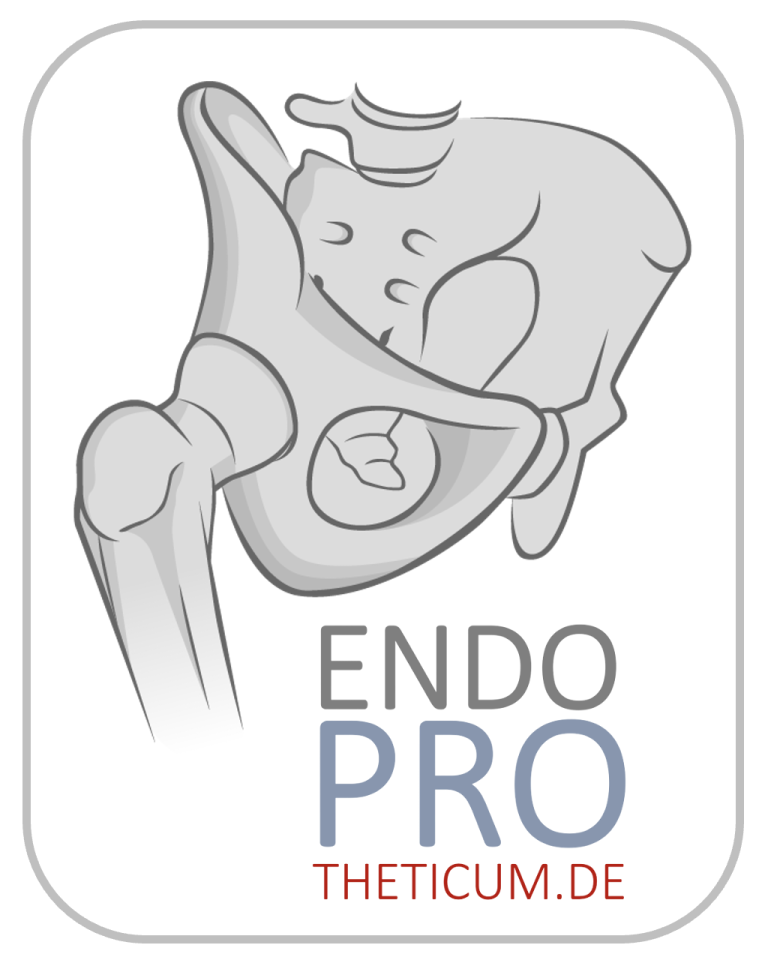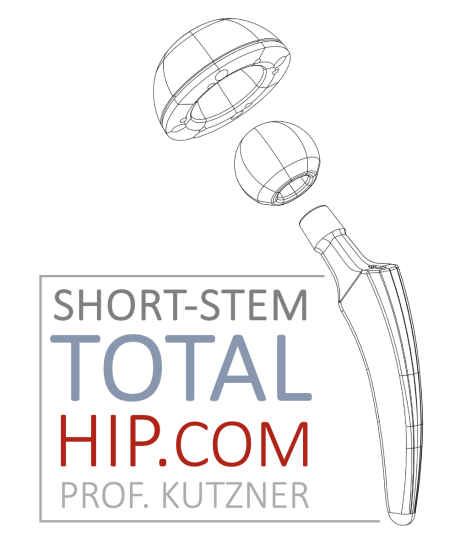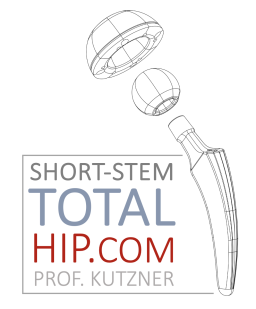Calcar-guided short stems:
the future standard

Short-stem total hip arthroplasty represents a groundbreaking advancement in orthopedics, offering a promising alternative to traditional long-stem implants. With its focus on bone preservation, minimally invasive techniques, anatomical considerations, and enhanced stability, short-stem THA has the potential to redefine the standard of care for hip replacement surgery. Ongoing research, technological advancements, and the accumulation of long-term outcomes data will continue to shape the landscape of orthopedics, providing insights into the role of short-stem implants in the future of total hip arthroplasty. As surgeons, researchers, and manufacturers collaborate to refine and optimize this innovative approach, the trajectory of calcar-guided short-stem THA promises to revolutionize the field, improving the lives of countless individuals suffering from hip joint disorders.
Advances and future directions in short-stem THA
Innovations in Implant Materials
Technological advances in implant materials continue to shape the landscape of total hip arthroplasty (THA), with ongoing efforts to improve biocompatibility, durability, and osseointegration. Short-stem THA benefits from innovations in materials science, including the use of titanium alloys, cobalt-chromium alloys, and surface coatings like hydroxyapatite.
Advancements in material engineering aim to enhance the longevity of short-stem implants by promoting optimal bone-implant integration, reducing wear, and minimizing the risk of complications. The development of novel materials and surface treatments remains an active area of research, with the potential to further refine the performance of short-stem THA.
Role of Robotics and Computer-Assisted Surgery
Robotics and computer-assisted surgery have emerged as transformative technologies in orthopedics, offering precision and customization in implant placement. In short-stem THA, these technologies enable surgeons to plan and execute procedures with unparalleled accuracy, optimizing implant positioning and alignment.
Robotic-assisted surgery enhances the reproducibility of short-stem THA, contributing to improved outcomes and potentially reducing the learning curve for surgeons. Computer-guided navigation systems provide real-time feedback, aiding in the precise placement of implants and ensuring the preservation of bone stock. As these technologies continue to evolve, they are likely to play an increasingly prominent role in enhancing the precision and efficiency of short-stem THA.
Emerging Trends in Short-Stem THA
Several emerging trends in short-stem THA underscore the dynamic nature of this field. Customized implants tailored to individual patient anatomy are becoming more prevalent, allowing for a personalized approach that optimizes fit and stability. Advanced imaging techniques, such as three-dimensional (3D) printing, contribute to the development of patient-specific implants that address anatomical variations.
The integration of data-driven approaches, including artificial intelligence (AI), holds the potential to refine preoperative planning, predict patient outcomes, and optimize implant selection. As the understanding of the biomechanics and anatomical variability of the hip joint advances, emerging trends in short-stem THA are likely to focus on further individualization and precision in surgical interventions.
Future Research Avenues
The future of short-stem THA is shaped by ongoing research endeavors that explore new frontiers and address remaining questions. Areas of future research include:
• Long-Term Follow-Up: Conducting extended follow-up studies to assess the durability and performance of short-stem implants over several decades.
• Biomechanical Studies: Advancing biomechanical studies to deepen the understanding of load transfer, stress distribution, and the impact of implant design on natural hip biomechanics.
• Patient-Reported Outcomes: Evaluating patient-reported outcomes, including quality of life, satisfaction, and functional outcomes, to refine our understanding of the holistic impact of short-stem THA.
• Cost-Effectiveness Studies: Assessing the cost-effectiveness of short-stem THA in comparison to traditional implants, considering factors such as healthcare resource utilization, revision rates, and long-term economic implications.

Future research endeavors will likely delve into these avenues and others, contributing to the continued evolution and optimization of short-stem THA. The integration of technological advancements and the exploration of innovative solutions promise to further enhance the clinical utility and success of short-stem implants in the field of hip replacement surgery.

Wir benötigen Ihre Zustimmung zum Laden der Übersetzungen
Wir nutzen einen Drittanbieter-Service, um den Inhalt der Website zu übersetzen, der möglicherweise Daten über Ihre Aktivitäten sammelt. Bitte überprüfen Sie die Details in der Datenschutzerklärung und akzeptieren Sie den Dienst, um die Übersetzungen zu sehen.

